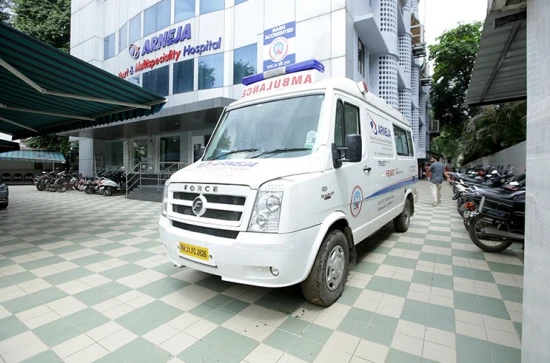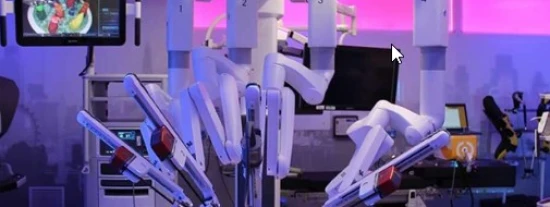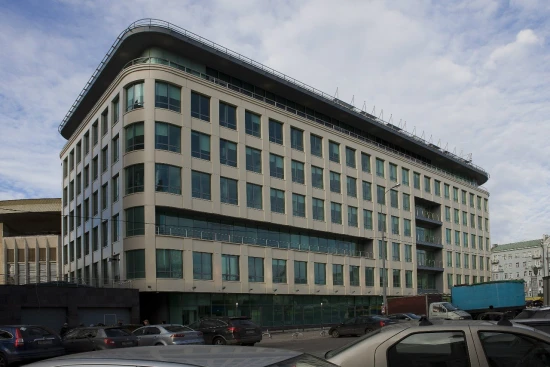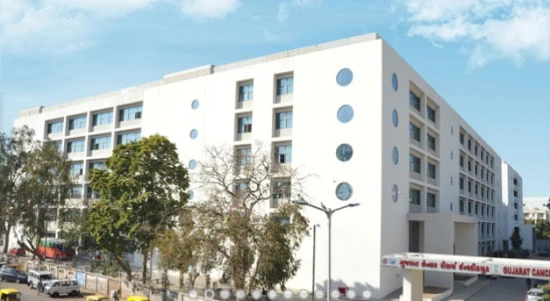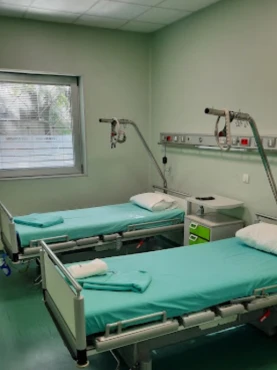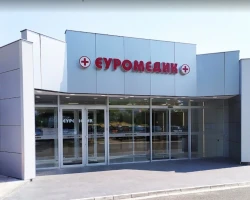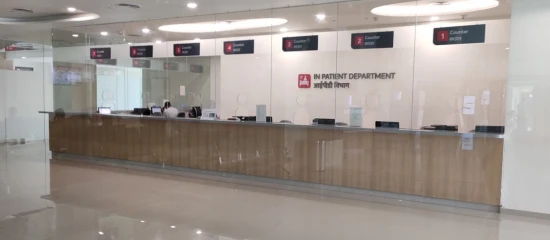Definition. Causes of disease
The wound is an injury to the skin or mucous membranes caused by the external impact of mechanical forces.
Based on the above definition, a traumatic agent can be the exclusive cause of a wound in a nosologic form.
The nature of a wound is always exogenous (caused by external factors). Even if we are talking about traumatization of soft tissues from inside bones or tearing of the skin from overstrain, the initial cause of the injury is still an externally applied force that exceeded the strength limit of the tissues and caused the wound indirectly.
In most cases, a wound results from a direct violation of the integrity of the covering tissue by a wounding object. The nature of the wound, treatment tactics, likely complications, and its clinical outcome depend directly on the initial impact and properties of the wounding object (mainly its geometry and impact force).
The severity of the wound process is determined by the method of exposure. The profile of complications characteristic of each type of wound has been sufficiently studied. A deep puncture wound complicated by clostridial infection is an excellent example of a complex wound process leading to generalized disease.
Symptoms of an open wound
The first and pathognomonic symptom characteristic of a wound is disruption of the integrity of the skin or mucosa. Other integral clinical signs are:
- diastasis of the edges of the damaged tissue;
- bleeding from the area of the injury;
- pain and functional disorders.
This tetrad clearly and academically characterizes the wound.
Diastasis is a divergence of wound edges, invariably occurring in any wound in varying degrees of severity. Even a cut wound with smooth edges has diastasis, including macroscopically adapted wound edges.
Bleeding from a wound is always present, except in rare cases of coagulopathy (clotting disorders). The bleeding itself can be an early and immediate threat to life. It is a clear indication that a person is dealing with a wound. Capillary, venous, arterial, or mixed bleeding is a component of any wound.
Pain is a specific variable sign of a wound. Its variability is determined not only by the nature and localization of the wound but also by the general condition of the organism, individual liability, and the level of pain threshold.
The diagnosis can be made when all the above symptoms are present simultaneously, but this does not limit the spectrum of all wound manifestations. Diagnosing a wound is not difficult due to the obvious external signs of trauma. In addition, a marked impairment of function is noted on examination and should be considered a symptom complex.
Pathogenesis of an open wound
The pathogenesis of wounds has been studied in detail. It is the basis for wound treatment. The invariability of pathogenetic links in wounding allows us to discuss the wound process and its course as a standard set of typical manifestations characteristic of any wound, regardless of its morphology.
There are different classifications of terminology and duration of phases, but the Ross classification is universally recognized. According to it, there are three phases of the wound process:
- inflammatory phase;
- proliferative phase;
- reorganization phase.
Inflammatory phase
In the first phase, there is an acute vascular reaction characterized by:
- vasospasm (constriction of arteries and capillaries) for local hemostasis (stopping bleeding);
- by the release of humoral coagulation factors, catalysts of local immune reactions.
The task of the inflammatory phase is to mobilize the body’s forces to localize the process and prepare for successful repair (recovery) in the future.
The second stage of this phase consists of the elimination of damaged structures by the organism. The duration of these processes is from three to five days. After this, the next stage of the wound process occurs.
Proliferative phase
As the name suggests, this is the period when repair of damaged and replacement of lost tissue begins.
This phase usually lasts several days to several weeks. Its duration is directly dependent on the amount of tissue lost during wounding. The proliferative phase is based on the predominance of synthesis processes at the expense of progenitor cells.
Reorganization phase
Considering the limited possibilities of the organism to repair, regeneration occurs at the expense of connective tissue as the most universal and “suitable” for closing the defect substance with satisfactory plastic and functional effects. In this phase, fibroblasts and endotheliocytes are active and form a collagen-rich tissue permeated by newly formed capillaries. In terms of histology, granulation tissue is formed. It is structured over time with layer-by-layer differentiation and a tendency to form collagen bundles followed by the formation of fibrous tissue, which is denser and suitable for covering function.
Wound healing follows one of three pathways: primary or secondary tension, or under a scab.
Primary tension is the most favorable method of healing. However, it requires initial favorable conditions: a wound with minimal microbial contamination, tightly adhering wound edges, and the absence of necrotic tissue.
Secondary tension is a variant of wound healing opposite to that described above. This type of healing is characteristic of infected wounds.
Scab healing is a healing process characteristic of wounds with a large area but shallow depth. In this case, it is similar to primary tension healing but oriented in the longitudinal plane. In addition, the wound surface is covered with a scab—a layer of dried blood, tissue fluid, and detritus. The scab acts as a biological dressing until the wound heals and epithelializes.
By the nature of the wound gate, which depends on the mechanism of wounding:
- gunshot;
- bitten;
- slashed;
- stabbed;
- chopped;
- torn;
- scalped;
- crushed.
Complications of an open wound
Wound complications are divided into local and general. Depending on the timing of development, both can be early or late.
Local complications of wounds can be infectious and non-infectious. Infectious local complications – accession of active microbial contamination of the wound with clinical manifestation of inflammatory reaction.
Abscess, phlegmon, gangrene – the final variants of the course of a complicated wound with inadequate treatment.
Wound infection is an undeniable complication that delays wound healing, reduces the likelihood of primary healing, brings the risk of generalized complications, and worsens the long-term prognosis.
Local complications not related to infection: hematomas, seromas, and necrosis. Hematomas and seromas represent the accumulation of fluid in tissues—they are the result of ongoing bleeding or exudation of the liquid part of the blood into tissues, forming a delimited accumulation.
Necrosis is the death of tissue in the wound area. It is a secondary process that develops shortly after the wound.
Diagnosis of an open wound
Diagnosis of a wound is primarily visual. The examination results are sufficient to establish a preliminary and, in most cases, complete diagnosis. Violation of tissue integrity, gaping wound edges, and bleeding are the criteria for diagnosis.
For a detailed and comprehensive diagnosis, it is necessary to revise the wound – its examination by a surgeon, clarifying its depth, and establishing the course of the wound channel and its character. Wound revision indirectly reveals signs of bacterial contamination of the wound based on its macroscopic contamination. In the course of wound revision, damage to nerve and vascular bundles, violations of bone integrity, and the penetrating nature of the wound traumatic tissue detachments are determined. Wound revision is performed as a stage of surgical treatment and can be urgent if there is profuse bleeding. In this case, the revision performed for hemostasis is a priority.
Instrumental methods of wound diagnosis aim to exclude concomitant damage to vessels, nerves, and internal organs. X-ray imaging reveals X-ray contrast foreign bodies, which will be valuable information for the surgeon before surgery.
Laboratory minimum – general blood count, coagulogram. They will allow you to quickly assess the amount of blood loss and problems with hemostasis.
One of the few wound-specific laboratory tests is the seeding of wound contents for the growth of bacterial flora with the determination of antibiotic sensitivity.
Treatment of an open wound
Treatment of wounds can be general and local, conservative and surgical.
Indications for conservative treatment – superficial and sedimented wounds, wounds with adapted edges, patient’s refusal of surgical treatment, terminal condition of the patient, or absolute contraindications to the performance of anesthesia or anesthesia. A conditional indication for conservative treatment is primary infection of the wound. In this case, delayed sutures or conservative management are applicable.
Surgical treatment options
The wound process may proceed so that the indication for surgical activity appears in the distant period.
Surgical treatment is initially indicated for “fresh” wounds with diastasis of the edges, with ongoing or secondary bleeding.
Surgical wound treatment consists of revision, hemostasis, excision of nonviable tissues, and anatomical (layer-by-layer) restoration of tissue integrity by suturing or juxtaposition and retention with staples.
Primary wound repair is applicable in wounds with tissue defects. It reconstructs the segment and prevents imminent necrotic and infectious complications.
Prognosis. Prevention
The prognosis of a wound is determined by its nature—it is obvious that a laceration takes longer and heals worse than a cut wound. The extent of the injury and concomitant and combined pathology will significantly affect the healing time.
In many ways, the course of the wound process is influenced by complications. Complications in the distant period can delay the healing process that was well underway.
The prognosis also depends on how timely the surgical treatment of the wound is performed and how correctly and, again, timely antibiotics are prescribed. “The earlier, the better” is the current postulate in wound care.




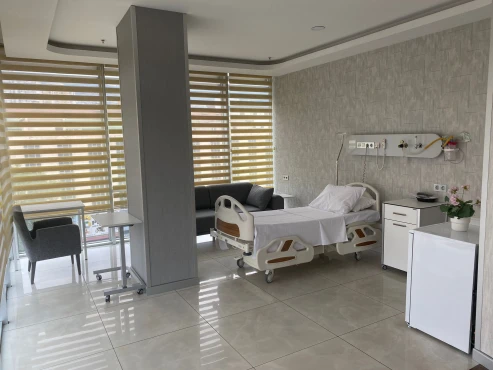

-medium.webp)
-medium.webp)

-medium.webp)
-small.webp)














